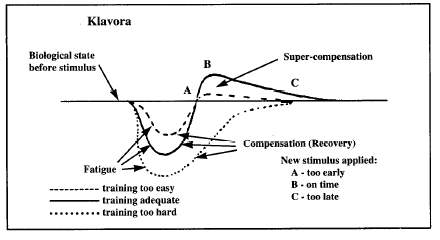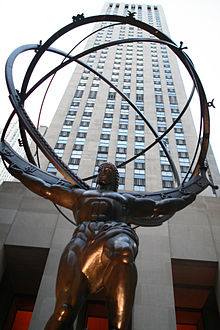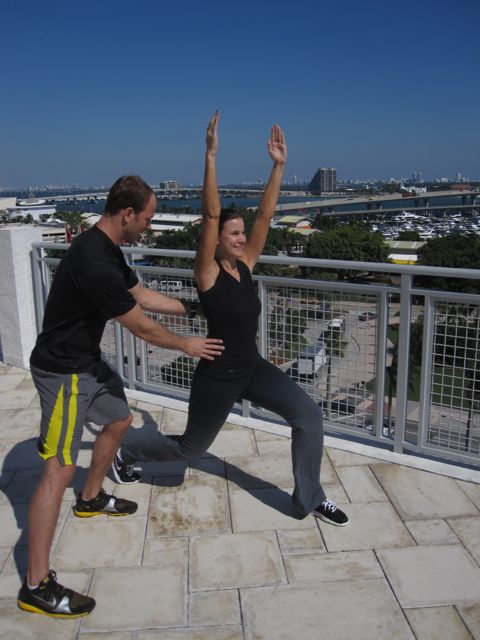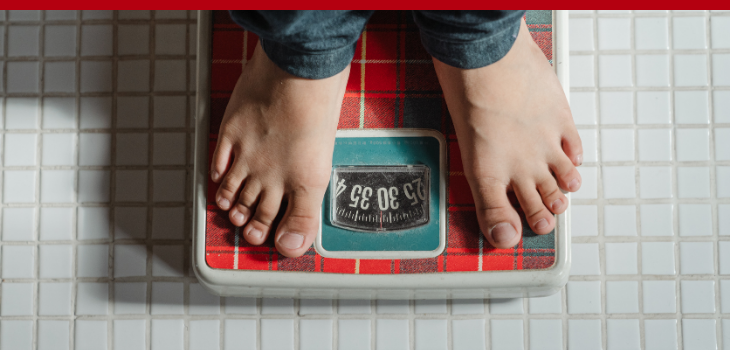“Your workout program is only as good as your ability to recover from it. This is true whether you are working out for fat loss, muscle gain, sports performance or any other goal.” -Ted Ryce
I’ve seen it ever since I started in the fitness industry as a personal trainer in Miami Beach. People who do workouts like step aerobics, spinning classes, fitness bootcamps, crossfit, in the gym on their own…working themselves into a state of heavy fatigue, sweat pouring from their skin… Yet, these people’s bodies don’t change!
Don’t misunderstand, I’m not saying these workouts don’t work; what I am saying is there are always many people who start programs like these then quickly plateau or they get injured or they stop improving. In fact, the majority of people are probably like this.
Many people have this mentality that if we’re killing ourselves in the gym, THAT is a good workout. In all honesty, I’ve even been guilty of this myself. When I was competing in Brazilian Jiujitsu tournaments, it took me a while to really learn the how to dial in my strength and conditioning program so I came into the competition in top shape. Working hard gives you the feeling that you’re really doing something good for yourself. Unfortunately, this feeling can be deceptive.
What it really comes down to is RESULTS. Results can mean different things for different people depending on the goal. Fortunately there are some really good tools out there that we can use to gauge your progress but first I want to introduce you to a concept called…
Supercompensation
What is supercompensation? Briefly put, it is when your body adapts to a stressor, in our case exercise, and responds by getting stronger. Check out the graph below:
 As you can see in the picture above, if you train adequately for YOU, you will get the best results from your routine. If you train too hard, you will actually get weaker and have to rest longer than usual to get back to your baseline. If your workout was too easy, you will improve but only by a little and if you wait too long to train again, you will be back at the same level you started at i.e. making little to no progress.
As you can see in the picture above, if you train adequately for YOU, you will get the best results from your routine. If you train too hard, you will actually get weaker and have to rest longer than usual to get back to your baseline. If your workout was too easy, you will improve but only by a little and if you wait too long to train again, you will be back at the same level you started at i.e. making little to no progress.
How do you know what adequate training is? That depends on your biological state which represents your baseline above. Your biological state is dependent on a lot of factors including, but not limited to, how appropriate you exercise program is for you, how well you sleep, your nutrition, your hydration, how much inflammation you have, hormonal levels, how much stress is in your life, and your genetics.
So how do you figure out whether your exercise program is working well for you or not? Well, we need to ask the question:
What’s Your Goal?
First of all, you must decide what your goal is. Do you want to lose fat? Get stronger? Get bigger? Get smaller? Improve your conditioning for an MMA fight? To maintain your current look and level of fitness? To improve your aerobic fitness? Figure out what your goal is then measure your progress. Here are some of the measurements you can use for the most common goals fat loss, building muscle, and getting stronger:
Fat Loss:
In this case, both the circumference measurements and skin folds should decrease although the circumference measurements may increase due to building muscle so don’t freak out if that is the case. The scale should change if you have a lot of fat to lose, otherwise it may not change that much. Pay attention to your problem areas. You probably know if you store fat in your waistline, thighs arms, etc. so personalize the measurements.
– Scale. Weigh yourself once a week and keep track of the measurement. Just make sure you don’t obsess over the numbers. Take into account the skin fold and circumference measurements. Get the whole picture.
– Circumference Measurements. I use a 9 point circumference with my clients interested in body makeovers. I measure the circumference of their neck, chest, shoulders, upper arms, forearms, waist, hips, thighs and calves. These points pretty much cover all the bases.
– Skin Fold Measurements. Using body fat calipers, you can test the level of body fat. Although it may not be as accurate as a dexa scan, the changes in skin fold can give you a good indication if your body fat levels are going down, up or staying the same.
Building Muscle:
These are the same as fat loss but the emphasis is different. Look for you circumference measurements to increase while your skin folds should decrease.
– Circumference Measurements. I use a 9 point circumference with my clients interested in body makeovers. I measure the circumference of their neck, chest, shoulders, upper arms, forearms, waist, hips, thighs and calves. These points pretty much cover all the bases. I recommend measuring your arms, thighs, calves, neck with your muscles contracted in this case.
– Skin Fold Measurements. Using body fat calipers, you can test the level of body fat. Although it may not be as accurate as a dexa scan, the changes in skin fold can give you a good indication if your body fat levels are going down, up or staying the same.
Build Strength:
– 3 repetition maximum. This is the maximum amount of weight you can lift with good technique for 3 repetitions. I recommend only using this on big exercises like deadlifts, squats, bench press, olympic lifts, leg press, etc. How to do it: Warm up for the particular exercise. Then, do sets of 3 repetitions while resting 3 minutes and gradually increasing the weight. When you can only do 3 reps with good technique, you’re reached your 3 rep max. You can also use a 5 rep max if you don’t feel comfortable or no one is around to spot you. This is advanced so always use a spotter!
Conclusion and Take Away
What I want you to understand is that you will get better results by training in an intelligent way rather than just going to the gym and killing yourself with a workout. Gyms are full of hard working people who’s bodies never change. Instead of suffering the same fate, figure out what your goal(s) are, then measure your progress objectively using the tools I mentioned above. Feel isn’t always real!
There is nothing like working with a personal trainer 1-on-1 who understands your goals and how to apply exercise science to achieve them. Contact me today to discover how I can help you to begin an exercise program or to break through your plateau!




